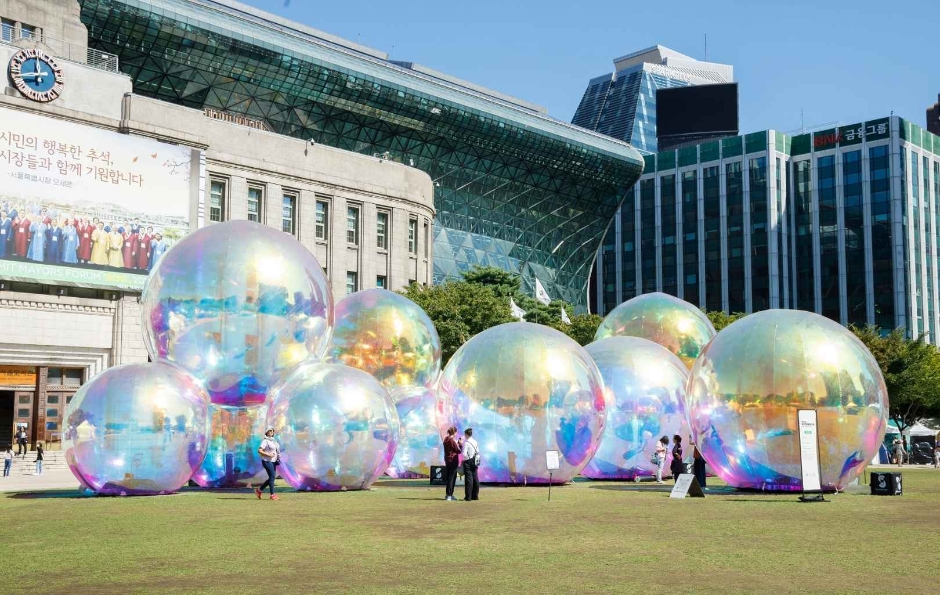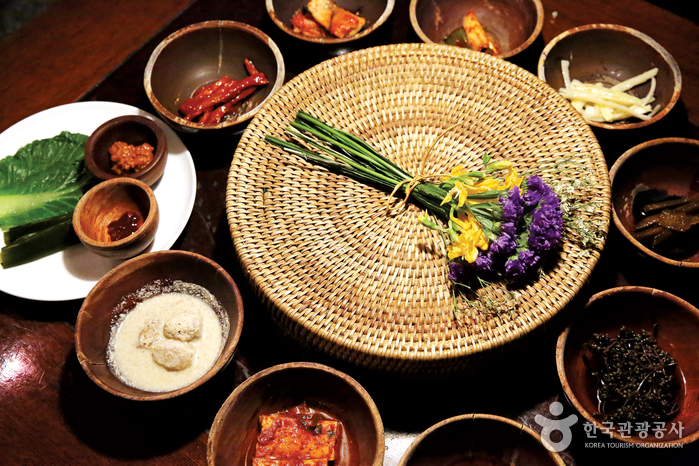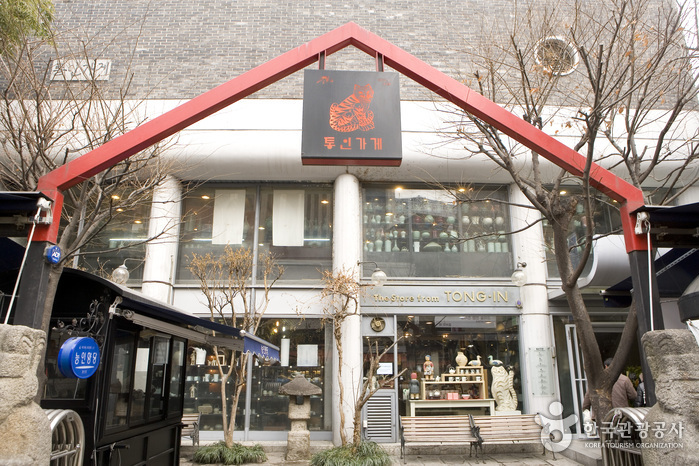Isae - Insa Branch (No. 2) [Tax Refund Shop] (이새 인사2호)
8.0Km 2024-04-18
30-1, Insadong-gil, Jongno-gu, Seoul
-
Seoul Street Art Festival (서울거리예술축제)
8.0Km 2024-07-26
Taepyeongno 1(il)-ga, Jung-gu, Seoul
+82-2-758-2036
Seoul Street Art Festival is held throughout Seoul and introduces high quality street performances.
Seoul Hyochang Park (서울 효창공원)
8.0Km 2024-07-09
177-18 Hyochangwon-ro, Yongsan-gu, Seoul
+82-2-2199-7608
Hyochang Park covers 122,245 square meters spanning across Hyochang-dong and Cheongpa 2-dong. It is a historic landmark that once contained several royal tombs, and was known at that time as Hyochangwon. The cemeteries that were originally located in Hyochangwon belonged to Crown Prince Munhyo, King Jeongjo’s first son who died at the age of five; Royal Noble Consort Uibin of the Seong Clan, King Jeongjo’s royal concubine and Crown Prince Munhyo’s mother; Royal Noble Consort Sugui of the Park Clan, King Sunjo’s royal concubine; and her daughter Princess Yeongon. The royal tombs were moved to Seooreung Tombs in the waning months of the Japanese colonial period. The Japanese empire began the development of Hyochangwon into a park in 1924, and the Japanese governor-general officially assigned the site as a park in 1940.
Presently, several of Korea’s greatest leaders are buried in Hyochang Park. The remains mostly belong to independence activists including Yoon Bong-gil, Lee Bong-chang, and Baek Jeong-gi, whose graves are collectively known as Samuisa Tomb. A statue of Lee Bong-chang has been built in the graveyard. Among the other patriotic martyrs who are interred in the park are Kim Gu and some of the key figures of the provisional government such as Lee Dong-nyeong, Cha I-seok, and Cho Seong-hwan. An ancestral shrine named Uiyeolsa has been built along the main gate and holds the portraits of the deceased independence activists.
Gangseo Myeonok (강서면옥)
8.0Km 2020-04-17
35, Sejong-daero 11-gil, Jung-gu, Seoul
+82-2-752-1945
Gangseo Myeonok has been famous for over fifty years, having been the food of choice served to visiting dignitaries from North Korea at the time of the South-North Red Cross Conference. The restaurant has succeeded in carrying on the tradition of Pyeongyang-style naengmyeon. The native buckwheat from Gangwon-do mixed with starch makes for fine noodles, and the wonderful broth is made from beef brisket with white radish kimchi.
New Balance - Daehangno Branch [Tax Refund Shop] (뉴발란스 대학로점)
8.0Km 2024-04-16
133-2, Daehak-ro, Jongno-gu, Seoul
-
Sanchon (산촌)
8.0Km 2019-06-13
30-13, Insadong-gil, Jongno-gu, Seoul
+82-2-735-0312
Founded and opened by Monk Jeongsan,
Sanchon is a
vegan-friendly restaurant that mainly serves temple foods. The
dishes found here are a results of Kim Yun-sik, who was inspired
by the simple, clean and healthy diet that a Buddhist practitioner taught
him years ago. Now, being a top authority on vegetarian
food in Korea, Kim Yun-sik helped perfect the standard and quality of
temple food.
The dishes are made with all natural ingredients such as vegetables and mountain herbs, and are cooked without chemical additives. The actual dishes served vary by season, and in order to meet the tastes of the general public, the
restaurant includes "five spices" (garlic, shallots, mountain leeks, etc.), which monks are typically not allowed to eat. Those who would like their food without these ingredients are asked to make their request at least one day prior to visiting.
Tong-In Store (통인가게)
8.0Km 2020-05-07
32, Insadong-gil, Jongno-gu, Seoul
+82-2-733-4867
Tong-In Store is the oldest traditional crafts shopping center in Korea. It is home to over 100 shops that sell ancient and contemporary traditional crafts, as well as galleries that display craft collections by emerging artists.
Deoksugung Palace's Daehanmun Gate (덕수궁 대한문)
8.0Km 2025-01-13
99 Sejong-daero, Jung-gu, Seoul
+82-2-771-9951
Located near City Hall station, Daehanmun Gate is the main gate of Deoksugung Palace, one of the princiapl five palaces of Joseon dynasty. The name "Daehan" means wish for eternal prosperity of the Korean Empire. In front of the gate, the Palace Royal Guard Changing Ceremony is held twice daily, along with the reproduction of costumes and style throughout the year.


![New Balance - Daehangno Branch [Tax Refund Shop] (뉴발란스 대학로점)](http://tong.visitkorea.or.kr/cms/resource/82/2878182_image2_1.jpg)


 English
English
 한국어
한국어 日本語
日本語 中文(简体)
中文(简体) Deutsch
Deutsch Français
Français Español
Español Русский
Русский